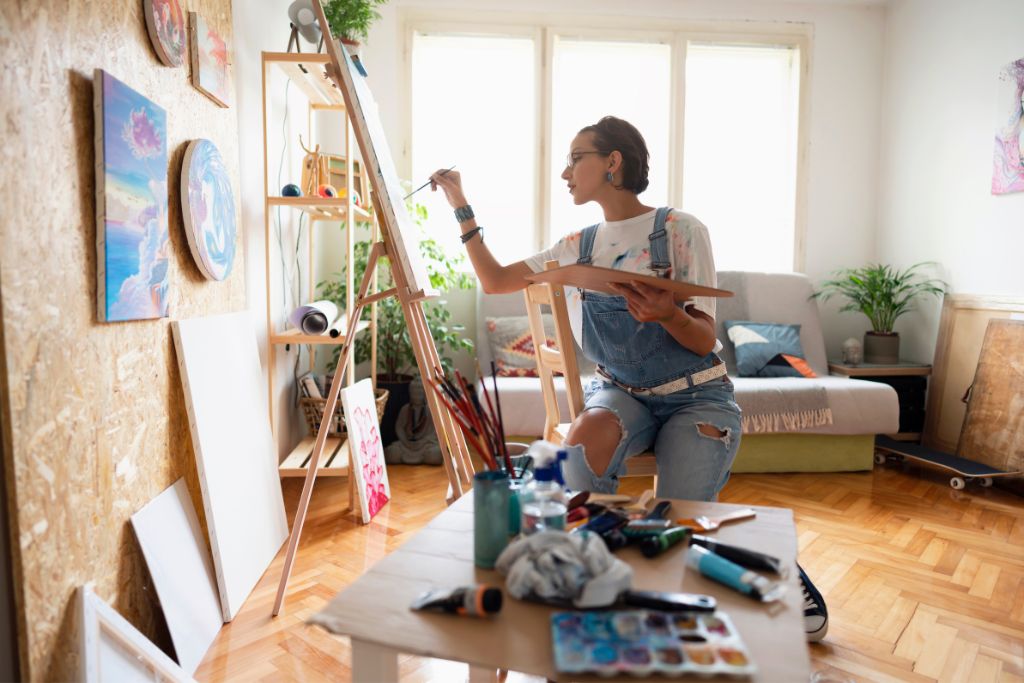Photographs provide a wealth of information. They can reveal a person’s inner life and its secrets. Moreover, photography can be used to explore different emotions. It can also help individuals express themselves in an honest and open manner. Phototherapy is an activity where clients use photos to explore their emotions with their therapist. This activity is not limited to taking photographs but can include viewing, posing for, and discussing photos.
Helps to express emotions
Photographs can help to express emotions, which is important for mental health. They can help us understand our own feelings and emotions, as well as those of others. In this way, photographs can help raise awareness about different issues that may affect people’s lives.
Therapists have found many ways to use photos in their work. They can be used to explore the emotional experience of patients or to promote social interaction and change. For example, one therapist created a photography club for veterans to help them deal with post-war symptoms like anxiety and depression.

However, it is important to distinguish between therapeutic experiences that are purely self-exploration and those that are conducted under the guidance of a therapist (photography as therapy). Psychologist and art therapist Judy Weiser has identified five different techniques for using photography in therapy. These include photo walks in nature, client self-portraits, family albums and other biographical photos, and photo-projective interactions. Each of these is an effective way to promote change in people’s lives.
Helps to build self-esteem
A lot of people who suffer from depression find that taking photos helps give them a sense of purpose and meaning in life. This is because photography can help them look at the world differently and appreciate the beauty of everyday things.
Even postcards, magazine pictures, and online images can be useful for therapeutic purposes. In fact, some artists, like Nan Goldin and Ming Smith, have said that photography has saved them from depression. Similarly, photographers like Zanele Muholi and Arielle Bobb Willis have used their work as an outlet for dealing with depression.

However, it is important to note that photography therapy is not the same as phototherapy. The latter is a type of therapy that is done by a trained therapist to treat mental health issues. On the other hand, photography therapy is more about self-help and awareness and does not require any input from a therapist. This makes it an ideal method for anyone looking to improve their mood.
Helps to improve everyday experiences
For people who are suffering from depression, taking photos can help them see the beauty of nature. It can also distract them from negative thoughts and encourage them to engage in a positive activity. In one study, participants who took photographs of beautiful landscapes experienced fewer depressive symptoms.
Another way to use photography as therapy is to take photos of places that have significant meaning in your life. This can include your home, a church or temple you love, or even a theme park you used to visit as a child. Seeing these images can help you recall feelings and memories that may be buried beneath the surface.

However, it is important to note that therapeutic photography techniques should only be done with a licensed therapist. This is because they can reveal sensitive information and trigger emotions that may be difficult to deal with.
helps unleash artistic and creative skills
Many therapists incorporate photography into their treatment sessions. Some of them ask clients to bring their own photos in family albums, and others take them outdoors for photoshoots. Photoshoots are an excellent way to help people learn how to express themselves creatively and create a positive self-image.
In a photo-based therapy session, the actual meaning of a snapshot lies less in its visual details and more in what it provokes inside the viewer’s mind and heart. As such, they are a natural bridge to the unconscious and are perfect for generating therapeutic dialogue.

Taking photos is an enjoyable and rewarding activity for most people, and it also helps to unleash their artistic and creative skills. However, it’s important to note that photo therapy techniques are used in situations where the abilities of a trained therapist are not required. The practice involves self-conducted and self-initiated photo-interactive activities, including photo-viewing, posing, planning, discussing, and even only remembering or imagining photographs.
In a world where openness and transparency are highly valued, it’s surprising to discover that many Americans are harboring financial secrets from their partners and parents. Our recently published article, “Americans Hide Financial Information from Partners and Parents” dives deep into the reasons behind this growing trend and its implications for relationships and family dynamics.
